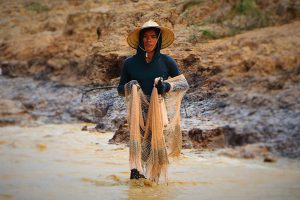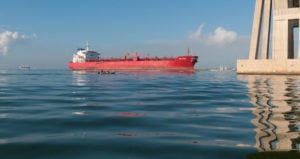On 24th January during the Arctic Frontiers conference, and annual conference on Arctic issues held in the city of Tromso, Norway in the Arctic Circle, the audience was treated to one of the most illuminating exchanges on the cross-border effects and responsibilities when it comes to climate change. At a session titled “Cross border cooperation in times of political change”, the moderator, Stephen Sackur, asked Sam Tan Chin Siong, Minister of State for Singapore, why Singapore had become an observer nation in the Arctic Council. The Council is an inter-governmental panel which includes only the eight Arctic countries – Russia, Norway, Denmark, Sweden, United States, Canada, Finland and Iceland – but is open to having observer countries.
Sackur said cynics would see the presence of Singapore and other countries that did not have a border in the Arctic as outsiders “sniffing around for economic opportunity” as the Arctic ice was melting. He was referring to the large untapped reserves of oil and gas in the Arctic. As the ice melts, these will become increasingly easier to access, and as the oil reserves in the rest of the world dry up they become very attractive – even for countries not part of the Arctic region.
Sam Tan responded by saying he was not a cynic, and that the prospect of economic opportunity would mean little to Singapore if the ice melted, because the resultant rise in ocean levels would drown half of Singapore.
South Asia most affected, and most likely to affect, climate change
And yet, one of the regions most affected by climate change, South Asia, was largely missing from the proceedings. This is despite the fact that India gained observer status in 2013, becoming one of twelve non-arctic countries to become so. But it had no speakers at any of the policy sessions. Possibly no other region is likely to be as affected by rising sea levels as South Asia, with up to 40 million projected to be at risk in India, and another 25 million in Bangladesh.
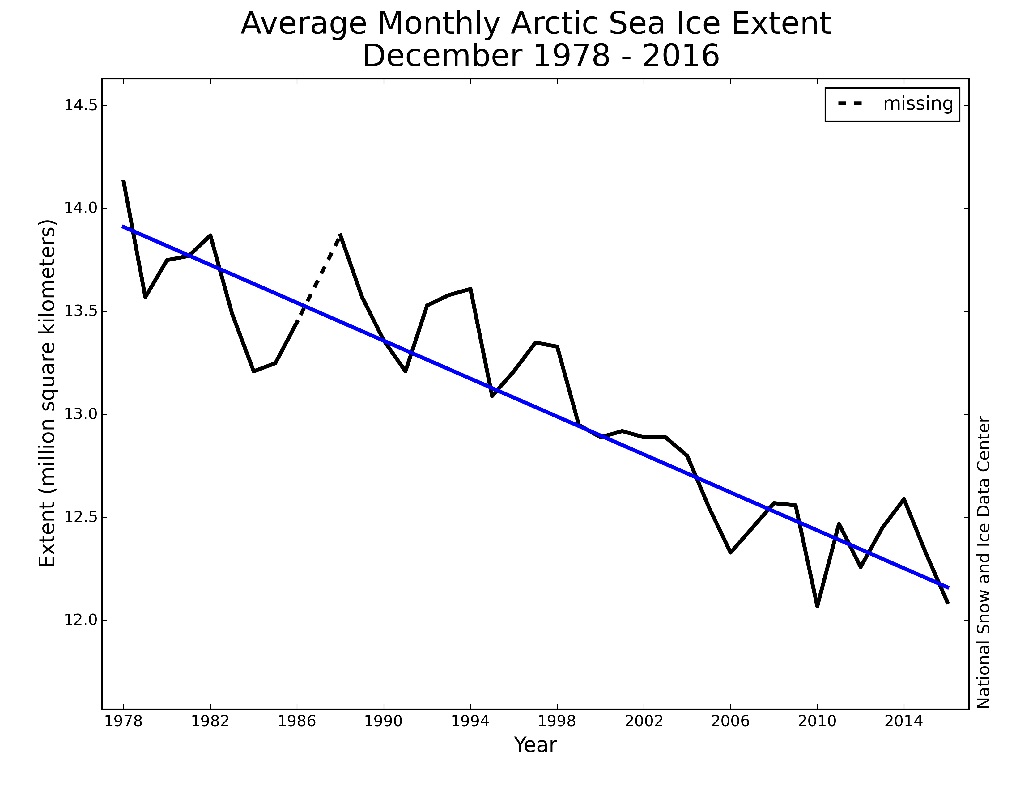
Conversely the energy demands of Pakistan, Bangladesh and India have led to a number of coal-fired plants being set up in the region, with potentially heavy impact on the climate, so much so that a young girl in Pakistan took the government to court for endangering her future. The problem is that the impact of those power plants will also be felt in the Arctic. This year the Arctic sea ice was at the lowest ever levels ever recorded since 1978. This has led to everything from tens of thousands of reindeer starving to death to people losing their livelihoods and committing suicide.
The director of the National Snow and Ice Data Center in Boulder, Colorado, Mark Serreze, has written that, “what has happened over the last year goes beyond even the extreme.”
The effects of these changes are being increasingly felt at the human level. In an impassioned plea at a session on journalism in the Arctic region, Arne O. Holm, Editor in Chief of High North News, said he was tired of reporters who only focussed on the science, excluding the fact that people live in the Arctic and they are the principal story of the region. The same thing could be said of the reporting on the Himalayan region, where scientific discoveries on glacier retreat and work on the cryosphere can sometimes ignore the very real, and catastrophic, effects of climate change on the livelihoods of people living there.
ICIMOD leads on scientific cooperation
![David Molden, the director general of ICIMOD at the science policy seminar on the Arctic and the Hindu Kush Himalayas [image by: Alberto Grohovaz / Arctic Frontiers 2017]](/wp-content/uploads/2017/01/Molden-HKH-Arctic.jpg)
At the meeting there was strong support for an Arctic-HKH alliance. Both sides felt they could learn from each other. Molden presented how much progress had been made on the Hindu Kush Himalayan Monitoring and Assessment Programme (HIMAP) – which is two-thirds finished. HIMAP was created on the format of the Arctic Monitoring and Assessment Programme, and Molden sees it as just one of the ways that the Himalayan and Arctic regions can build on each other’s good work. Maybe more important was the discussion on engaging local communities, whether through education, health projects, exchange of students, or long-term partnership on scientific monitoring that would complement the work happening in both regions, and avoid duplication. One idea that received a great deal of attention was a joint convention with yak and reindeer herders.
![Gøril Johansen, the Norwegian Ministry of Foreign Affairs envoy to Arctic Frontiers (centre, with David Molden to her right) as table host on a session on enhancing regional collaboration through science: lessons from the Arctic and the HKH [image: Alberto Grohovaz / Arctic Frontiers 2017]](/wp-content/uploads/2017/01/Regional-cooperation.jpg)
As yet, though, this conversation remains at the level of science. This may not be enough. Given the size of population and developmental trajectory of the Himalayan states, no other region will affect, and be affected as much by, climate change. It is striking that they remain missing from the policy dialogue.
In this regard, China’s role is worth watching. China also received observer status in the Arctic Council in 2013, and was well-represented in the policy dialogue and science dialogues at the Arctic Frontiers. China is, of course, a key player in the Himalayan region, as the Tibetan Plateau is the “water tower” of Asia, feeding not only the Yangtze and Huang He (Yellow River) in China, but also the Indus, Ganga and Brahmaputra that flow out to neighbouring countries. Its presence at the Arctic Frontiers conference was closely scrutinised, and the remarks of Yang Jian, the Vice President of the Shanghai Institutes for International Studies, on moving forward based on science and cooperation provided one of positive moments of a conference. In contrast David Balton, the Chair of Senior Arctic Officials during the US chairmanship of 2015-17, admitted that he did not think that the new US President, Donald Trump, was even aware of the Arctic Council.
![Yang Jian, VP of the Shanghai Institutes for International Studies, at the far right, at a discussion on Cross Border Cooperation in times of Political Changes [image: Alberto Grohovaz / Arctic Frontiers 2017]](/wp-content/uploads/2017/01/Yang-Jian-at-the-right-e1485729054688.jpg)
![<p>Arctic ice is melting rapidly due to global warming, leading to a global rise in sea levels [image by Pascale Soubrane]</p>](https://dialogue.earth/content/uploads/2017/01/Pascale-Soubrane.jpg)

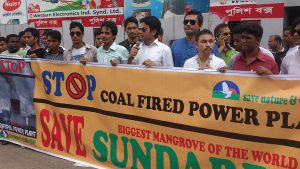
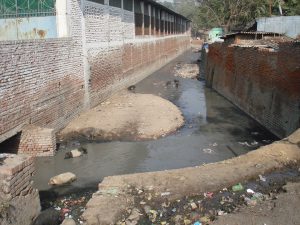
![[:ur]An avalanche, such as this one on Annapurna in Nepal, can be set off by a tremor as low as 2 on the Richter scale [image by Maureen Barlin] [:]](https://dialogue.earth/content/uploads/2017/02/Avalanche-300x200.jpg)

